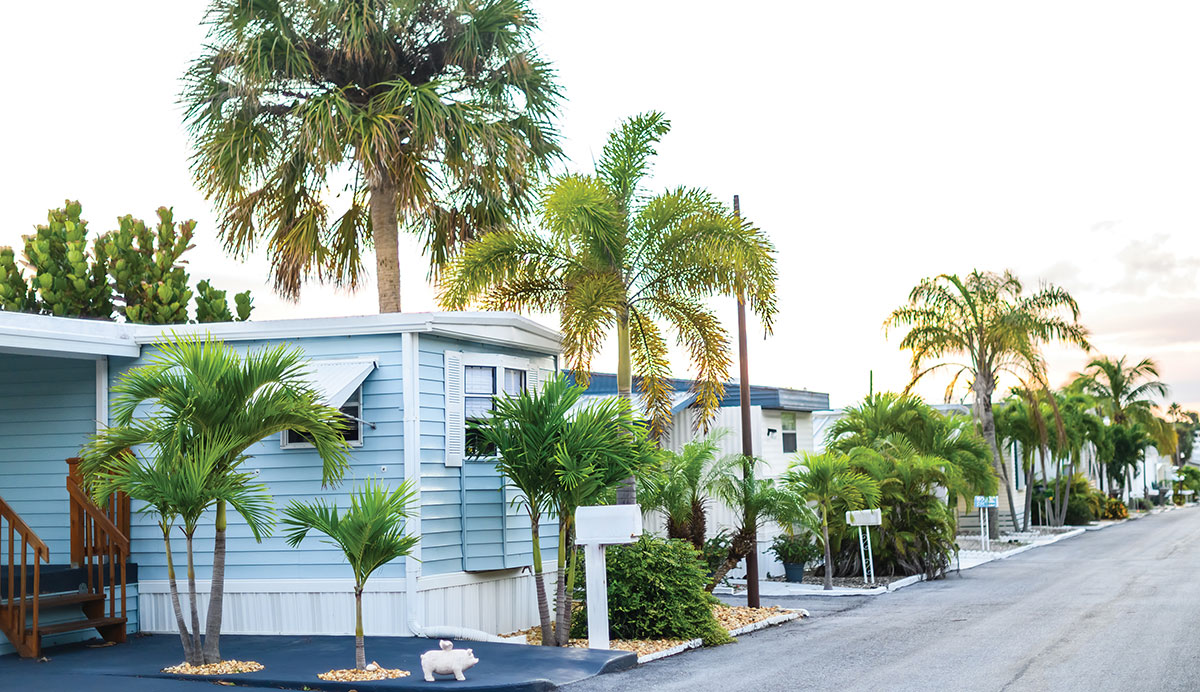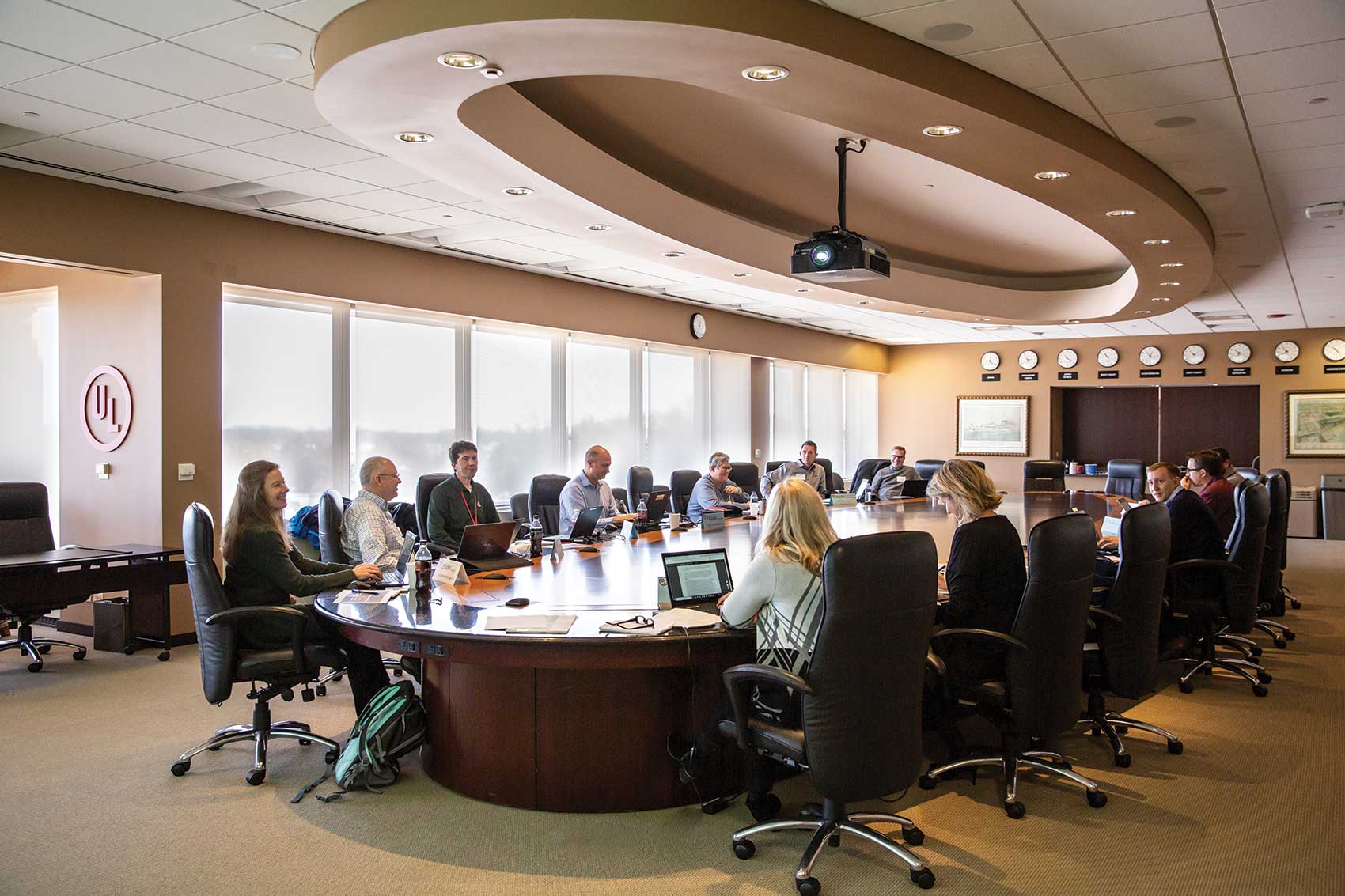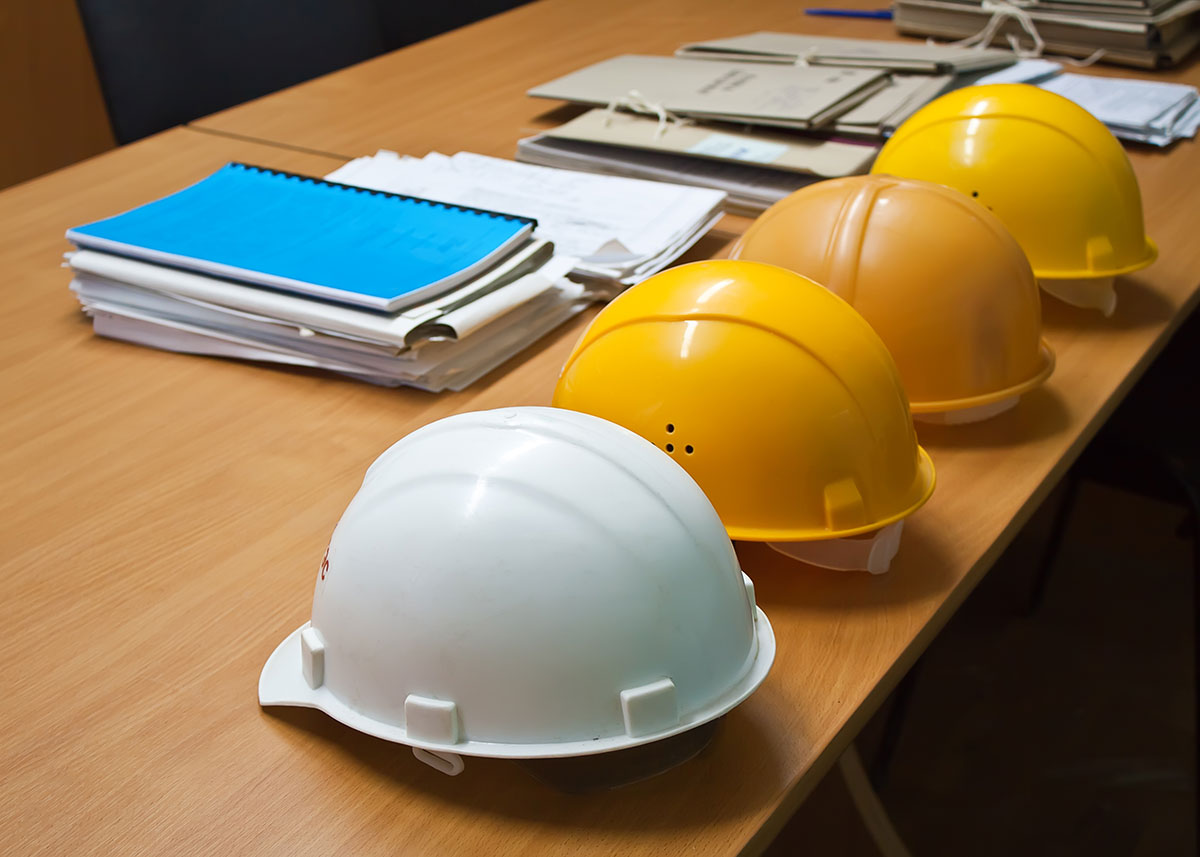The information in this article is applicable to New York State but does not apply to New York City, which has its own building code.
A New Old Electrical Code for New York
In New York State, the promulgation and maintenance of the New York State Uniform Fire Prevention and Building Code is the responsibility of the Department of State. Until January of this year the New York State Uniform Fire Prevention and Building Code was a document prepared and maintained entirely by state agencies. Many of the code requirements relied on referenced standards. While the electrical code requirements for New York were found in Article 11 Parts 1030 through 1033, most of the details for code compliance relied on reference standards 51 through 53 which included NFPA 70–1993, the National Electrical Code. It is important to note that this standard has never been adopted as law in New York State. The standard is a means of complying with the code, that is, the Fire Prevention and Building Code of New York State.
In 1998 the state began the process to utilize the International Codes as the basis for the text of the New York State Uniform Fire Prevention and Building Code. The result is a new Uniform Fire Prevention and Building Code which incorporates and modifies the text of seven of these codes including: Residential, Building, Plumbing, Mechanical, Fuel Gas, Fire, and Property Maintenance. These seven codes with modifications for New York State now comprise the New York State Uniform Fire Prevention and Building Code. The earlier code was included as part of Title 9 New York Codes Rules and Regulations whereas the current code is now included in Title19 New York Codes Rules and Regulations (author’s emphasis).
Title 19 Part 1221.1 includes the Building Code of New York State (BCNYS). BCNYS Chapter 27 includes the electrical requirements. Section 2701.1 refers to NFPA 70–1999 for specifications to meet the building code requirements.
Title 19 Part 1220.1 includes the Residential Code of New York State (RCNYS). This volume regulates the construction and modification of one- and two-family homes as well as townhouses, three-stories or less in height. This volume includes Part VIII Chapters 33 through 42 which is essentially an electrical code for dwellings regulated by RCNYS. These chapters were produced and are copyrighted by NFPA and are based on the 1999 edition of their National Electric Code. These requirements are consistent with that standard and, indeed, that standard may be used in lieu of these chapters or when these chapters do not provide sufficient detail. But it should be noted that the 1999 edition of the NEC is not a code in New York State, it is a reference standard.
Enforcement
The administration and enforcement of the New York State Uniform Fire Prevention and Building Code is the responsibility of local government in New York. Each county, city, village and town is required to provide for enforcement of the state code. Most municipal code enforcement agencies rely on third-party inspection agencies—New York Board of Fire Underwriters, Atlantic Inland, Middle Department Inspection Agency, to name a few—to determine code compliance regarding electrical installations. Although these private inspection agencies are permitted to do inspections, the responsibility for code compliance and enforcement still rests wholly with the local government.
The private inspection agencies, almost without exception, require their inspectors to use the most current edition of the NEC. This practice is not consistent with the requirements of the New York State Uniform Fire Prevention and Building Code. Today the requirements are taken from the 1999 edition. Furthermore, if a contractor is wiring a single or two-family residence, the third-party inspectors should be checking the installation based on RCNYS rather than NEC, even though there is consistency.
One of the big differences between the old and new codes in New York State is the inclusion of many details and specifications within the new codes rather than the old method of reliance on reference standards.
The Future
The New York State Uniform Fire Prevention and Building Code relies on the 2000 International Codes and the 2001 Supplement. The New York code will be updated on a three-year cycle that is consistent with the revisions of the International codes. The State Codes Council, its technical subcommittees and the Department of State will monitor and participate in the International Code process. They will also make such revisions to the base codes as will be in the interest of the specific conditions and concerns within New York State. The relationship between the International Codes Council and the National Fire Protection Association is of great concern to all public safety professionals. What will become of the electrical requirements within New York State depends greatly on the code development process as it is played out in both the private and public sector. In summary, it is important to understand the relationship of NFPA 70 to the codes of New York State and to be aware that NFPA 70–2002 is not the standard in New York.










Find Us on Socials